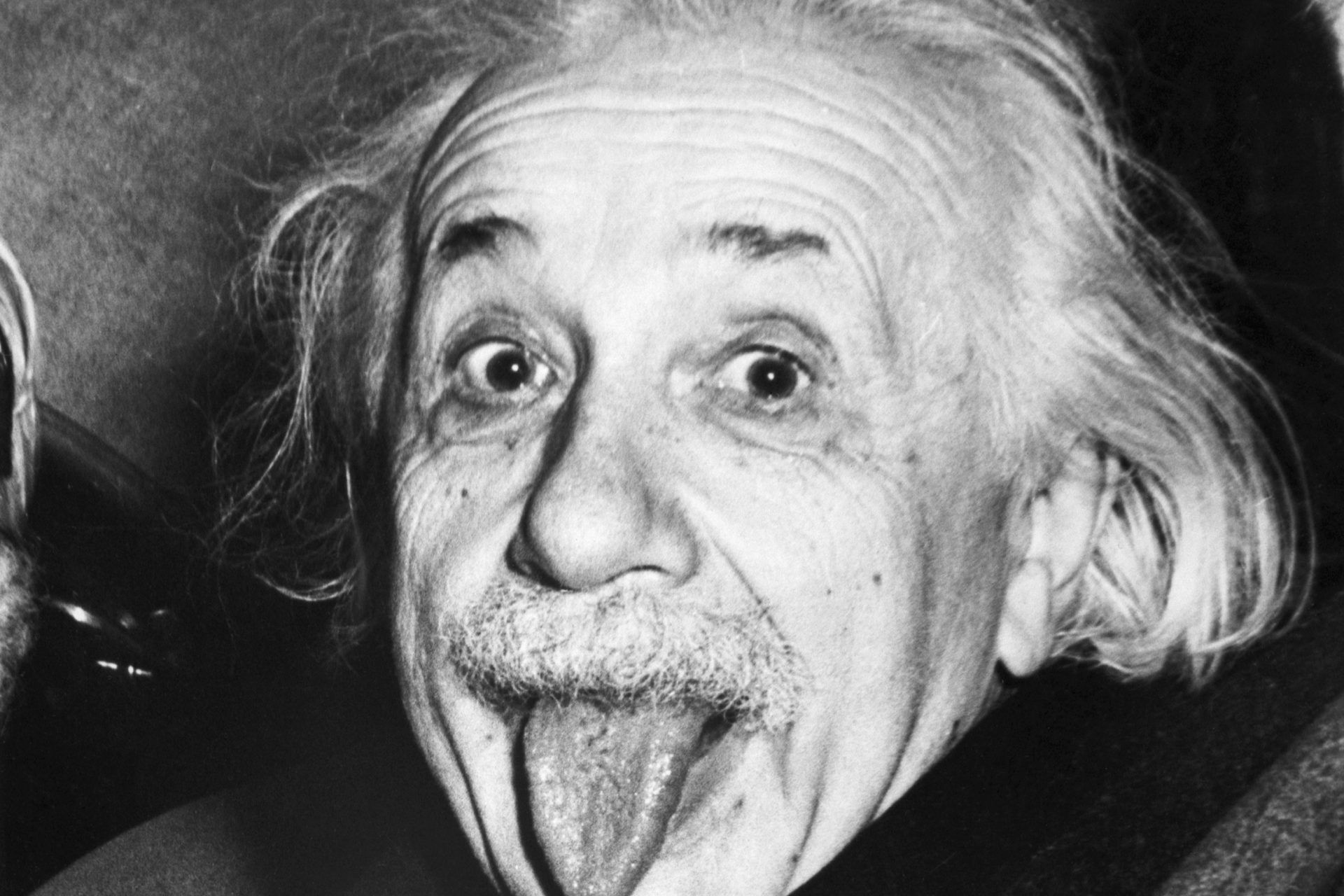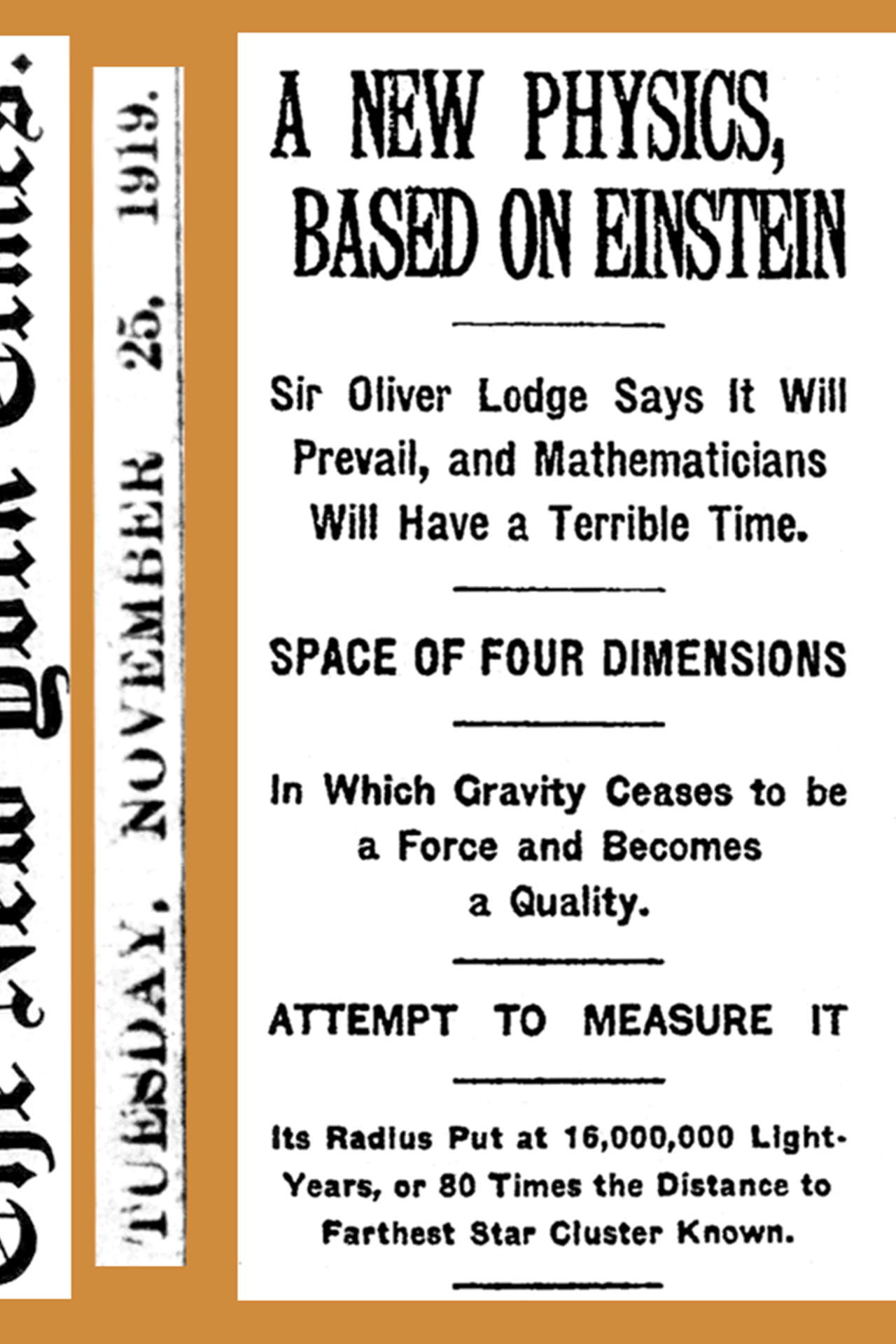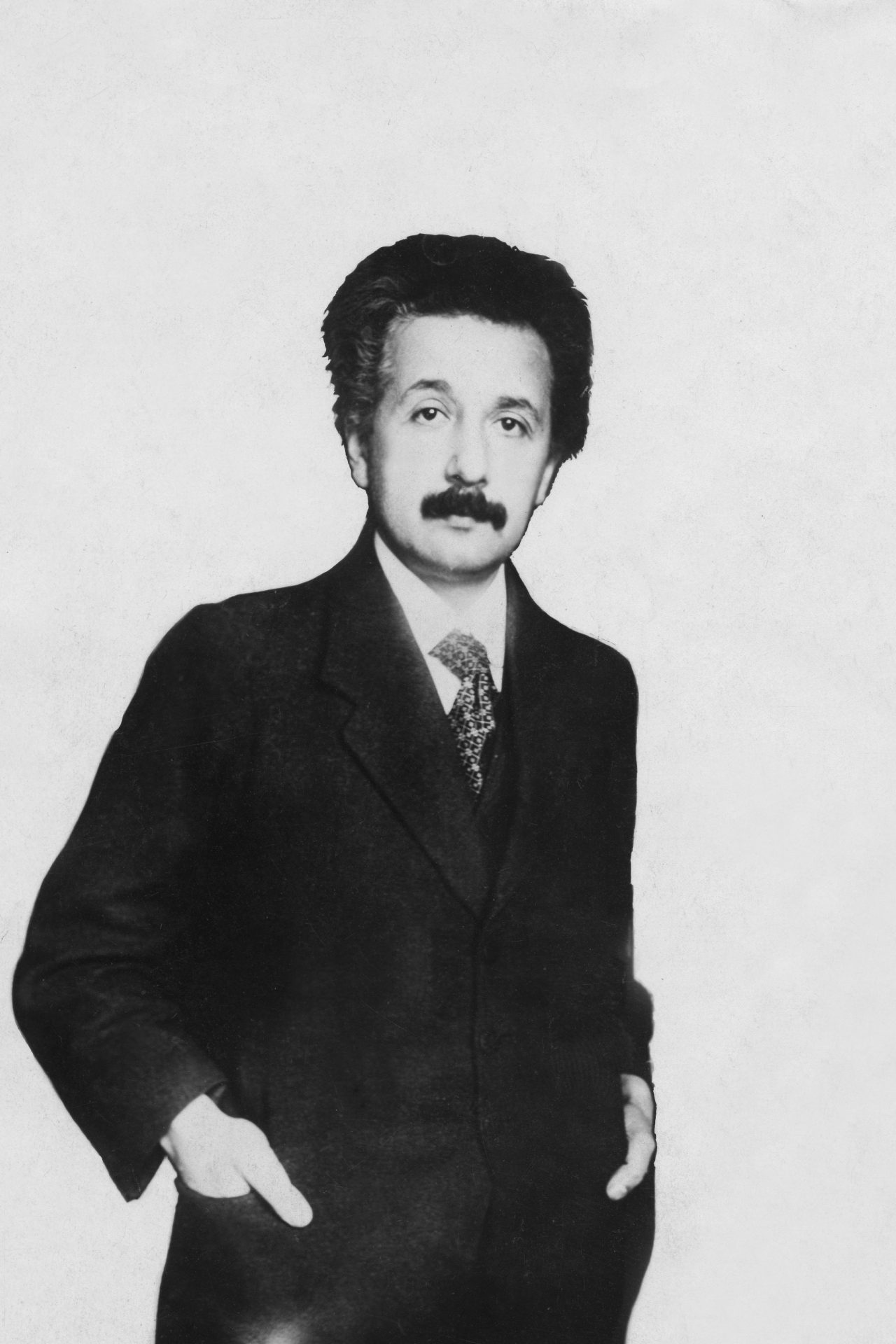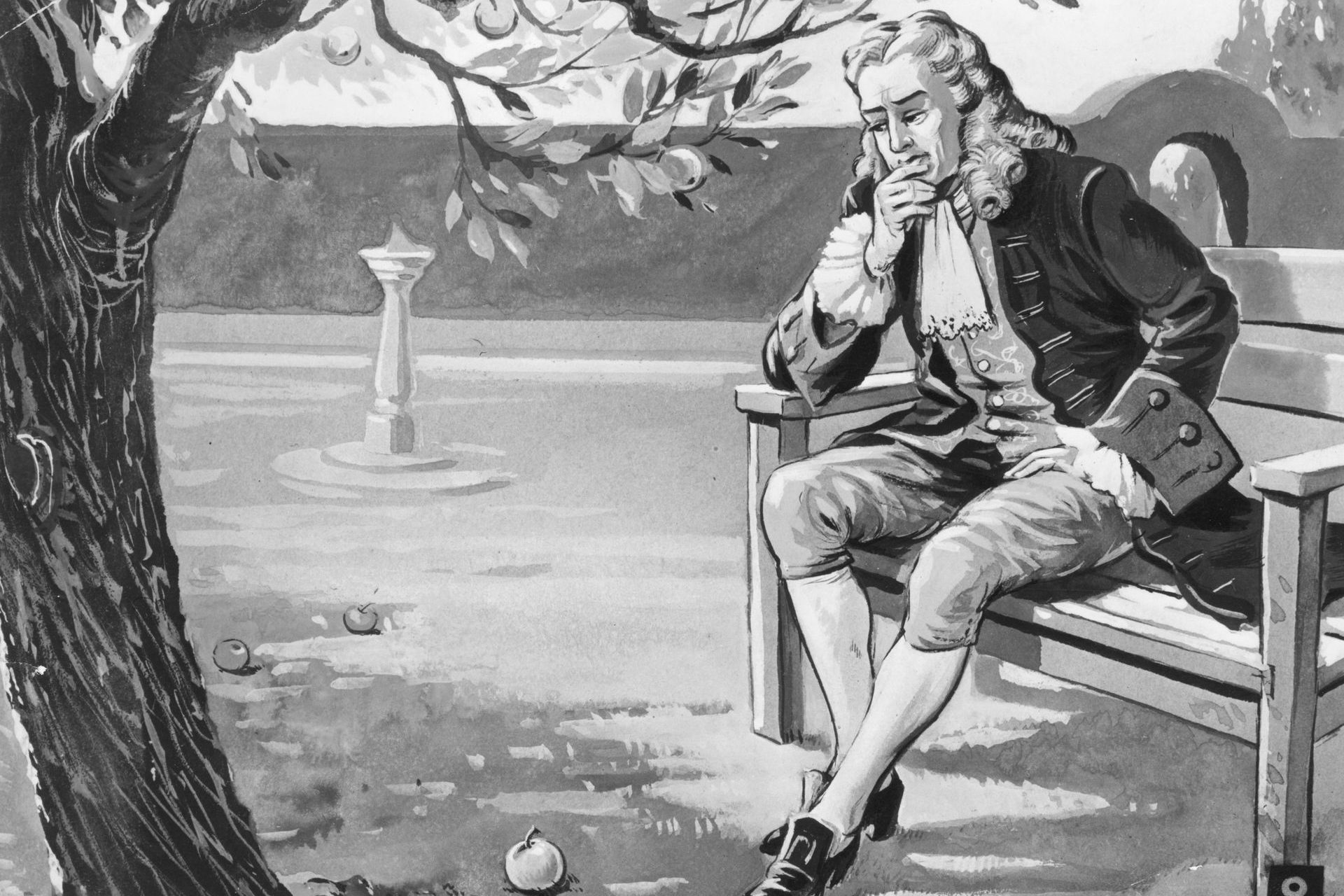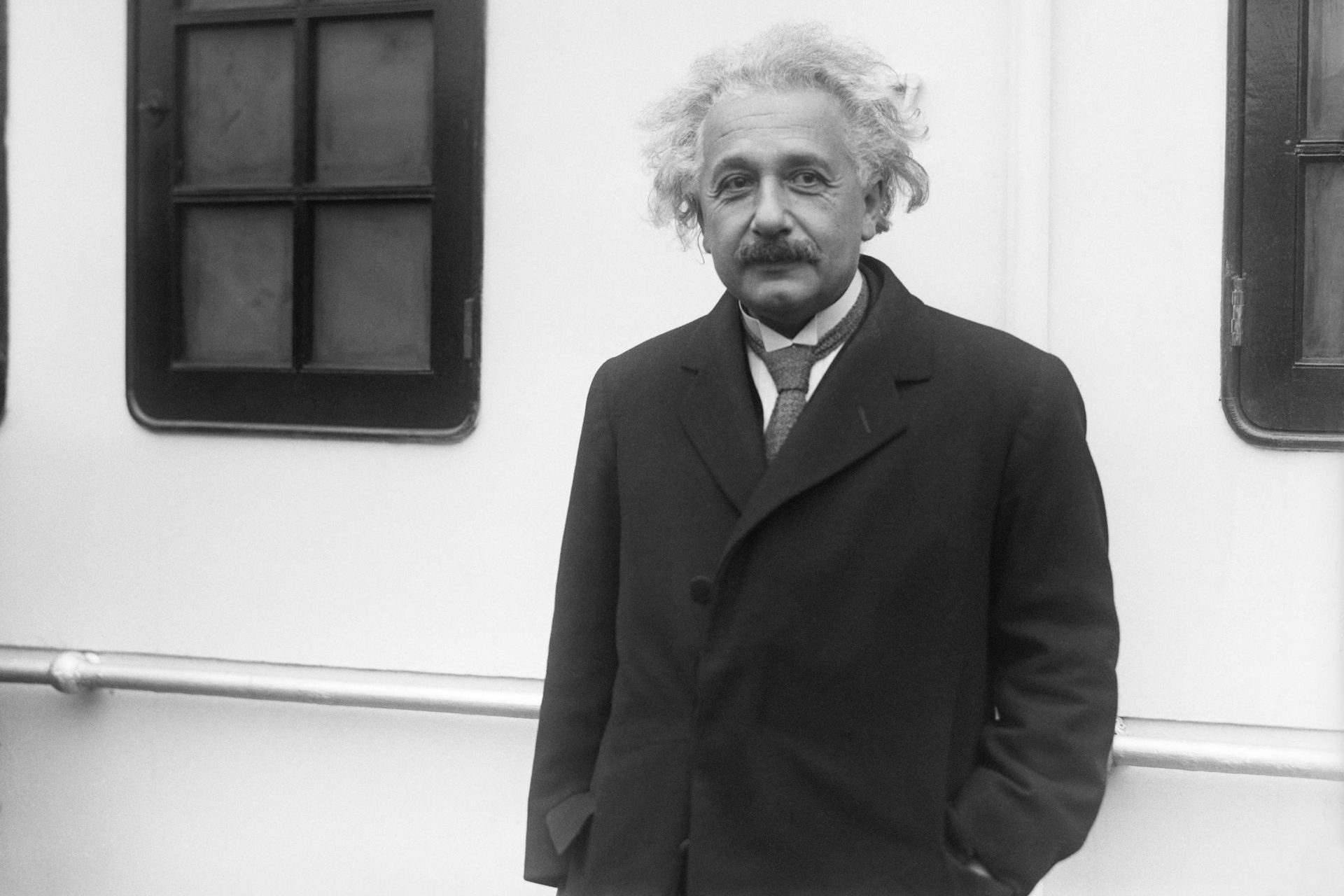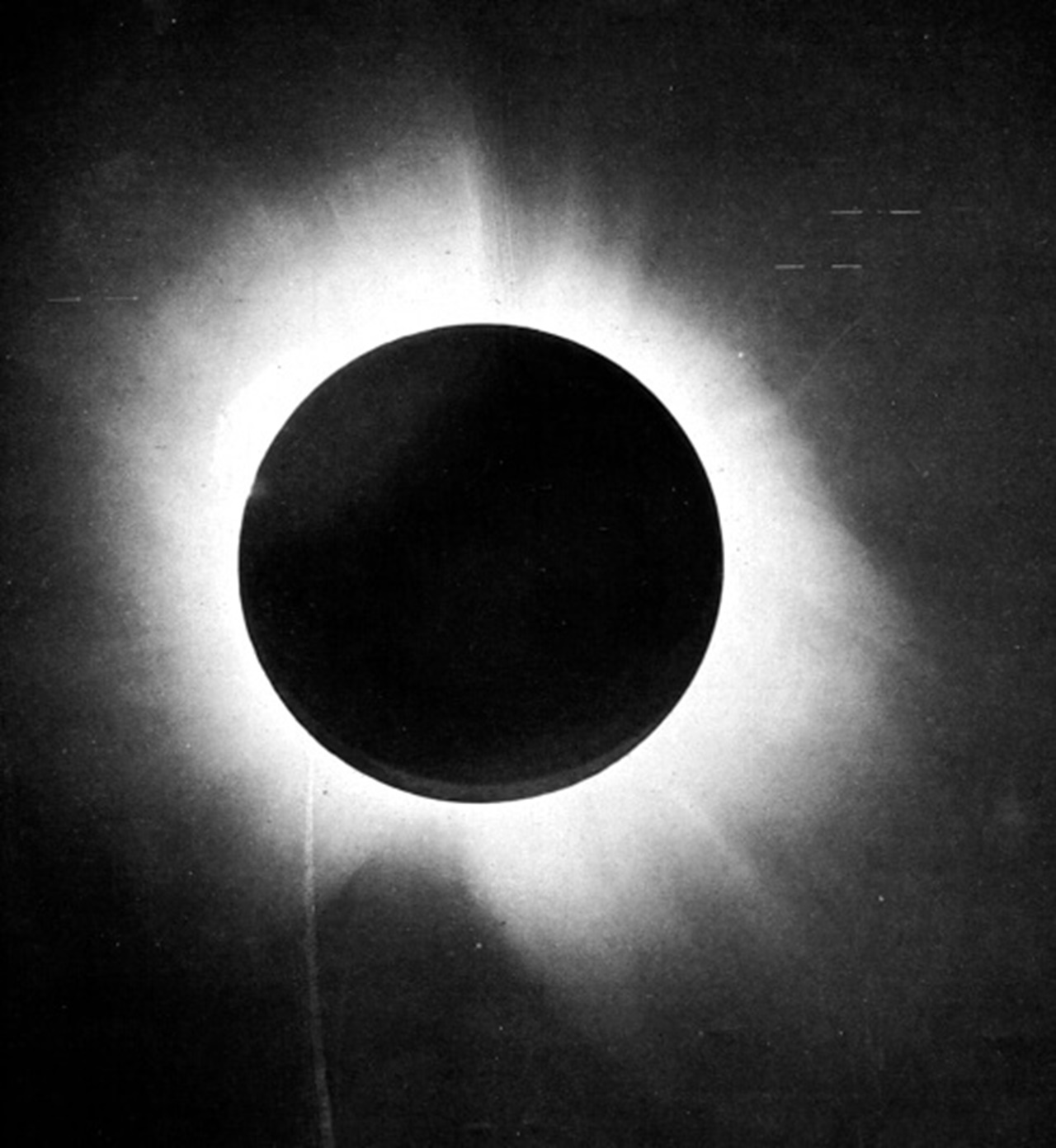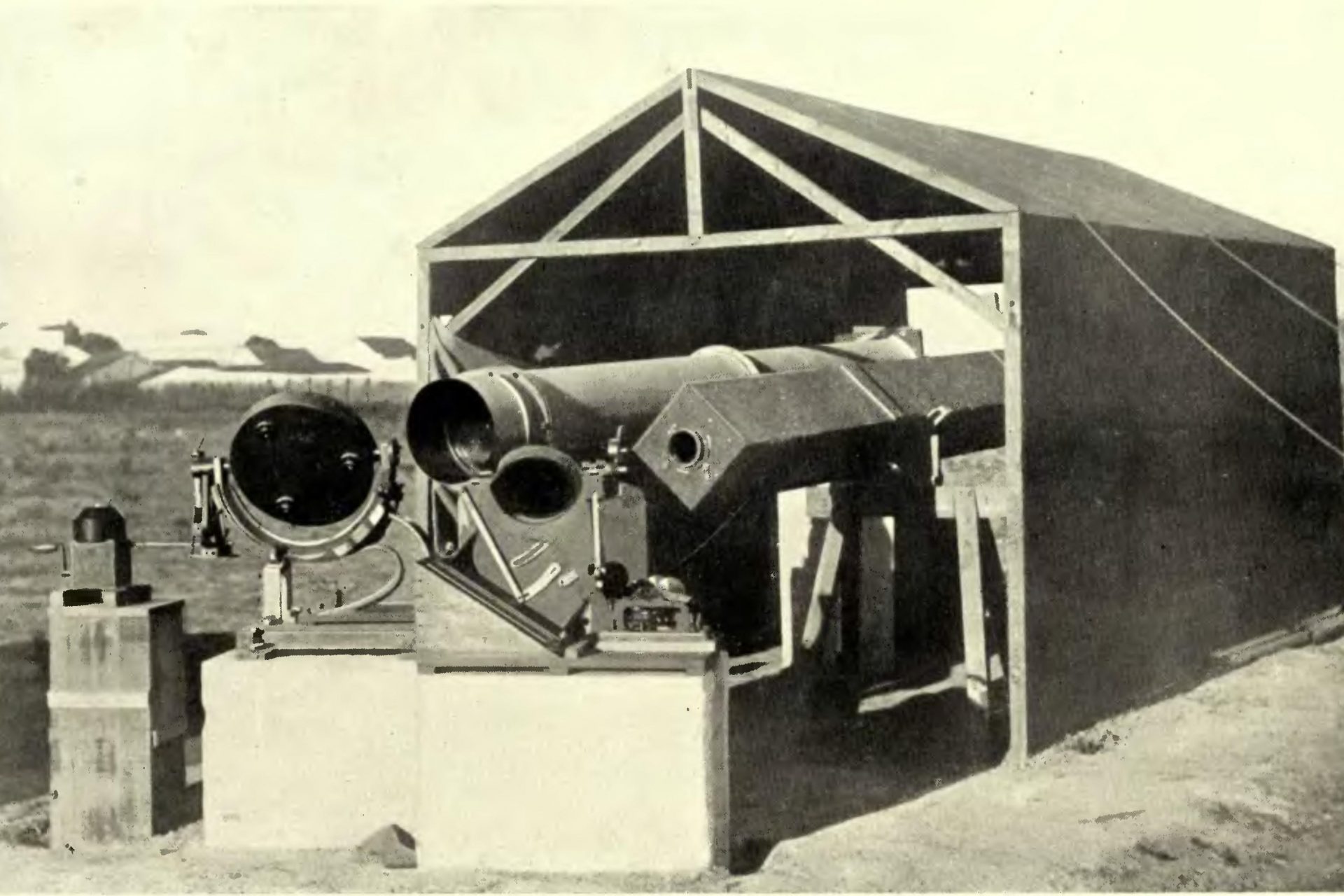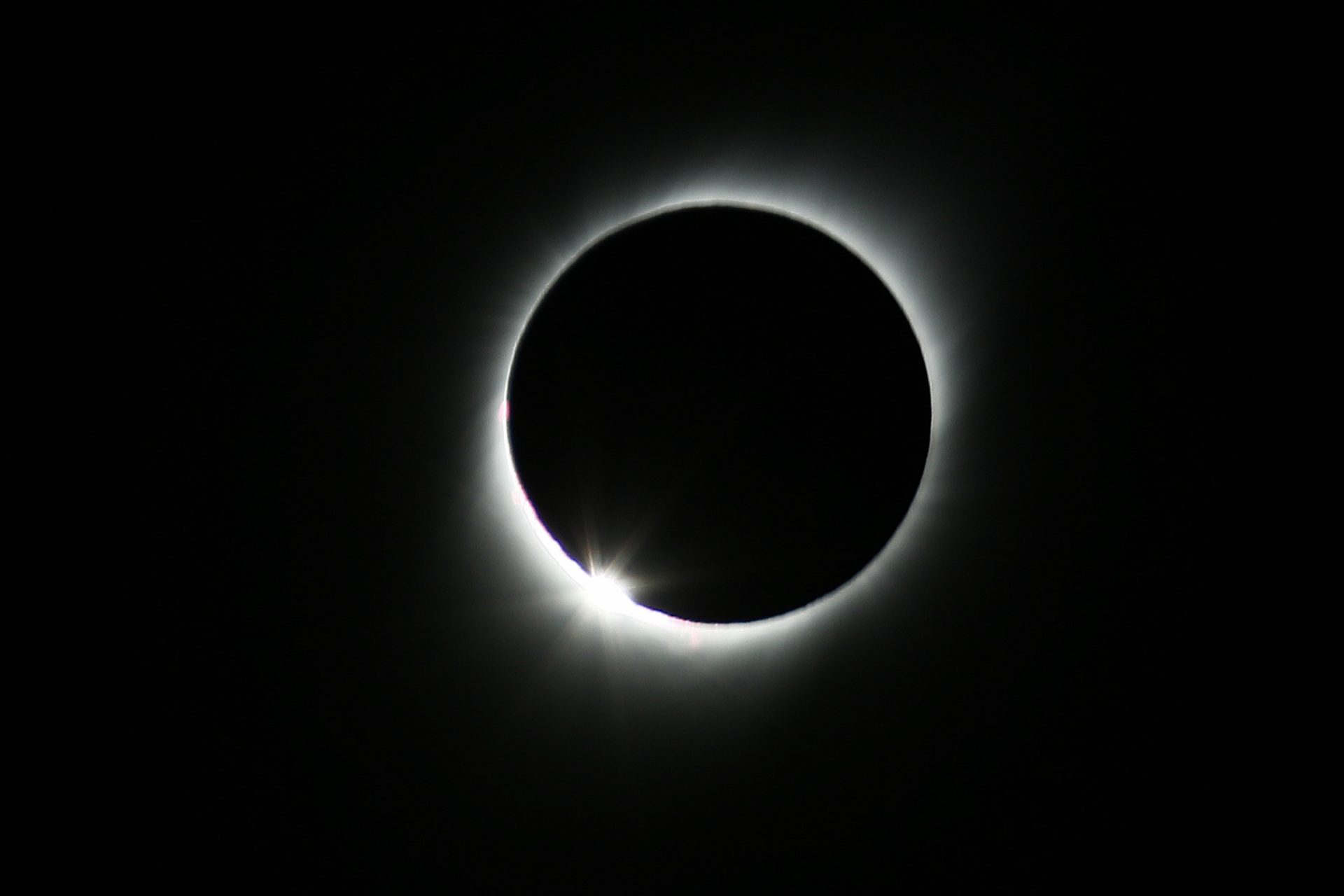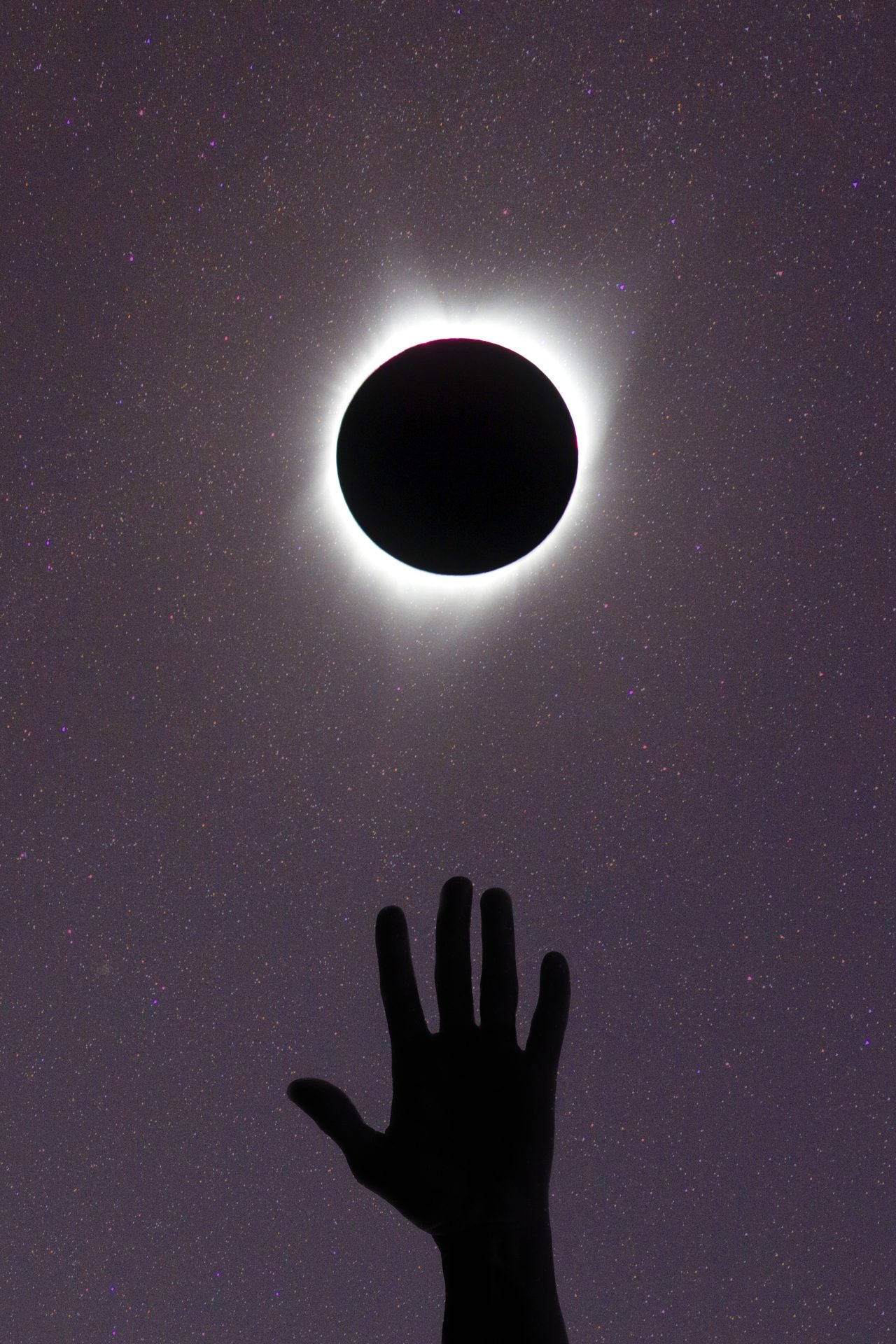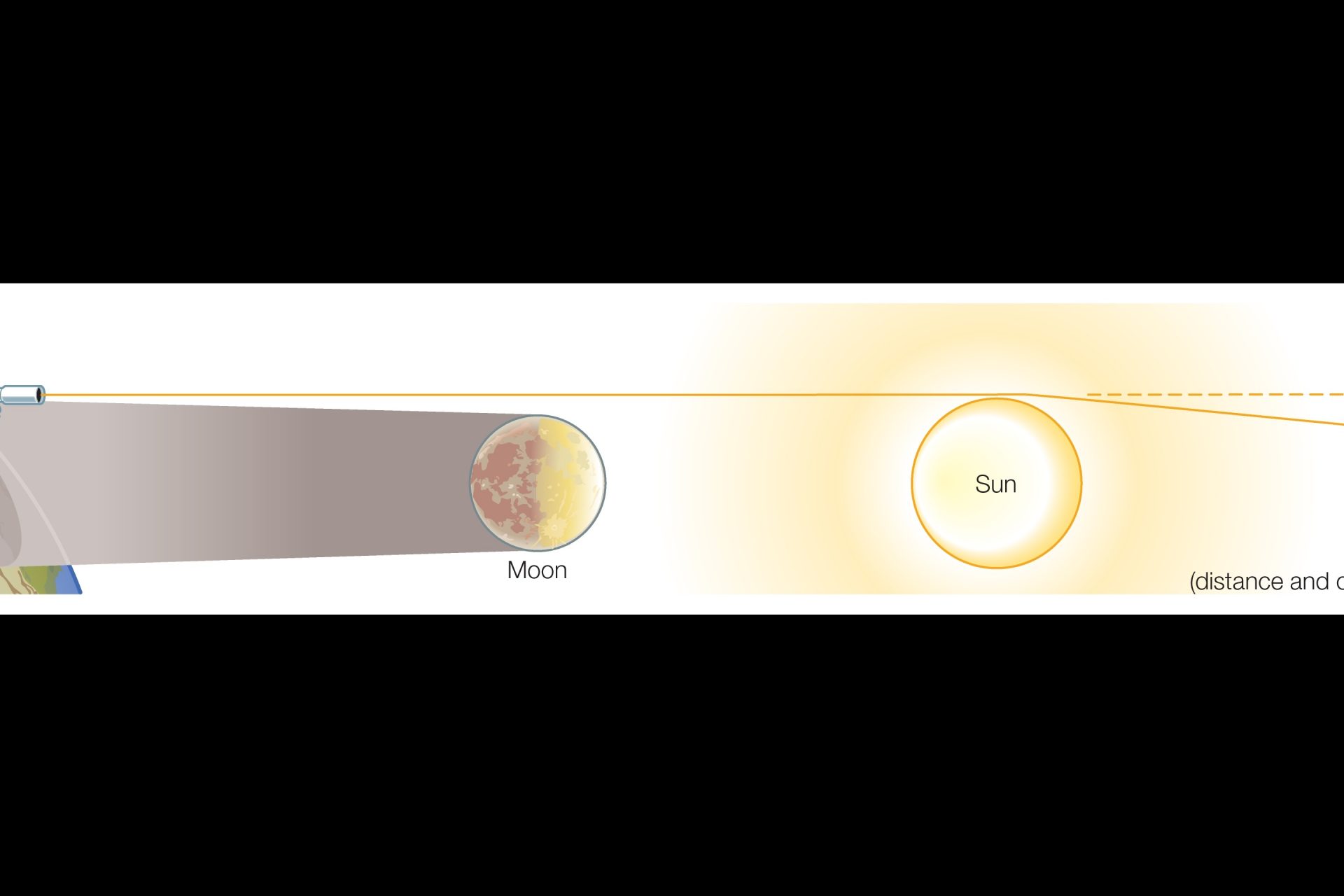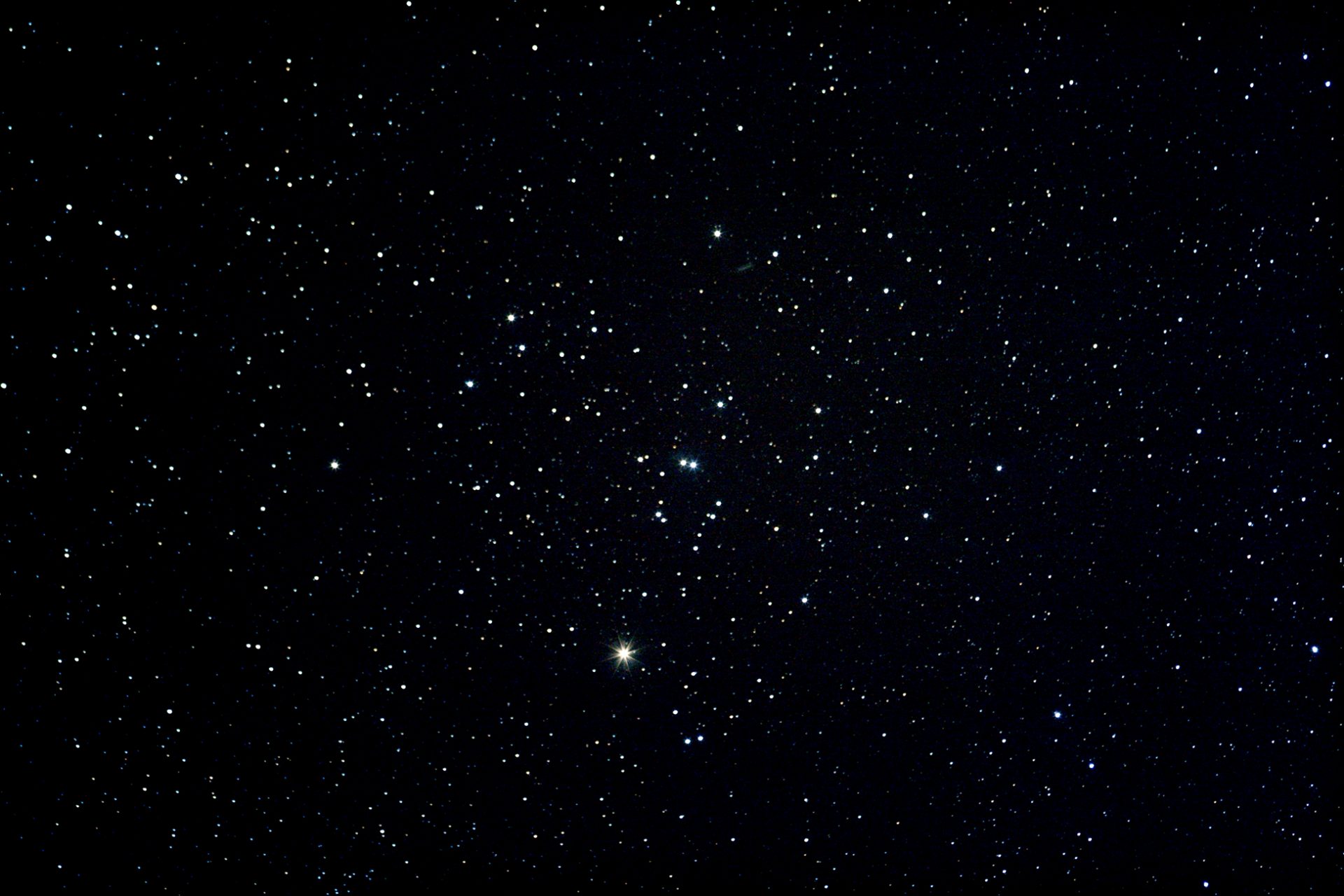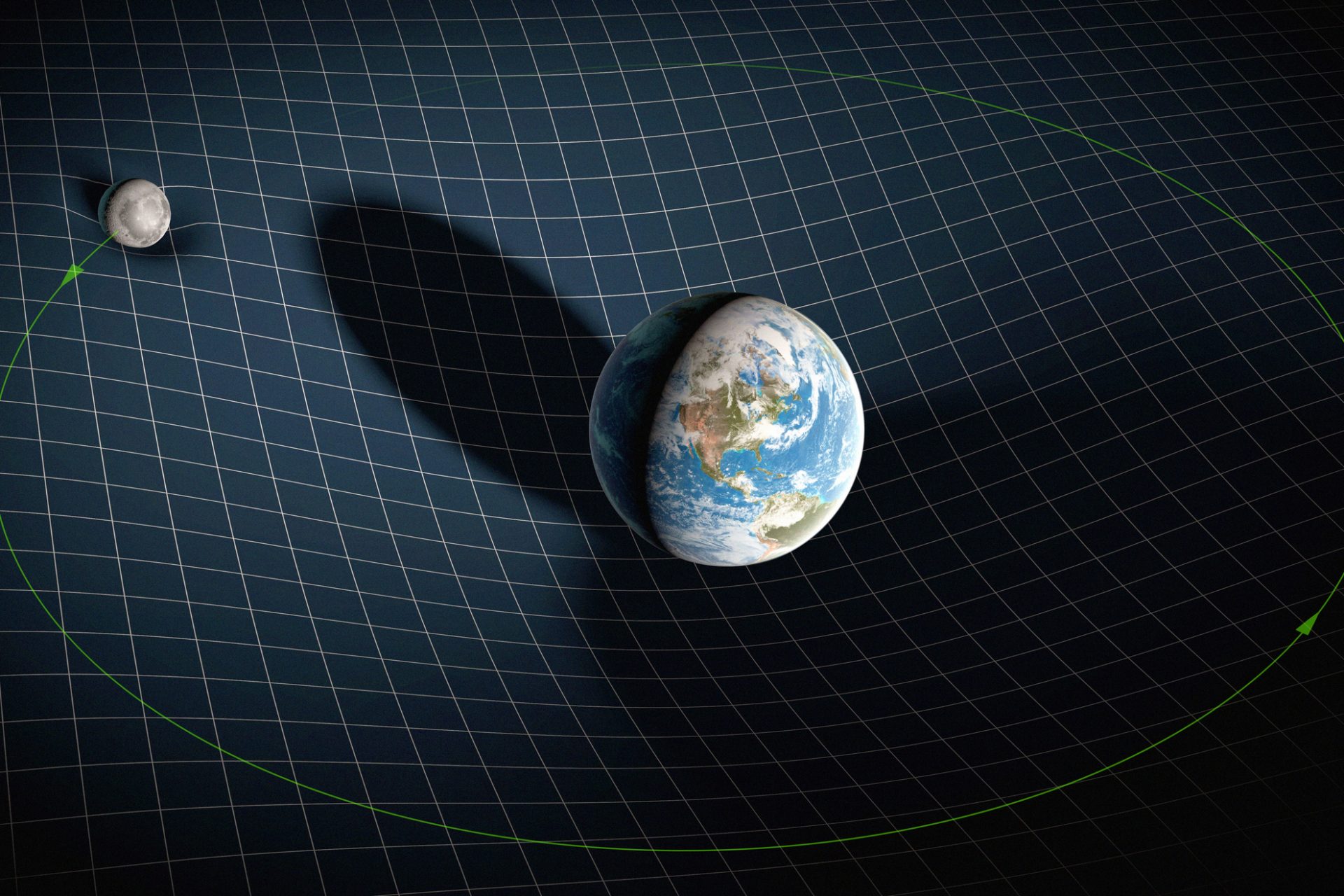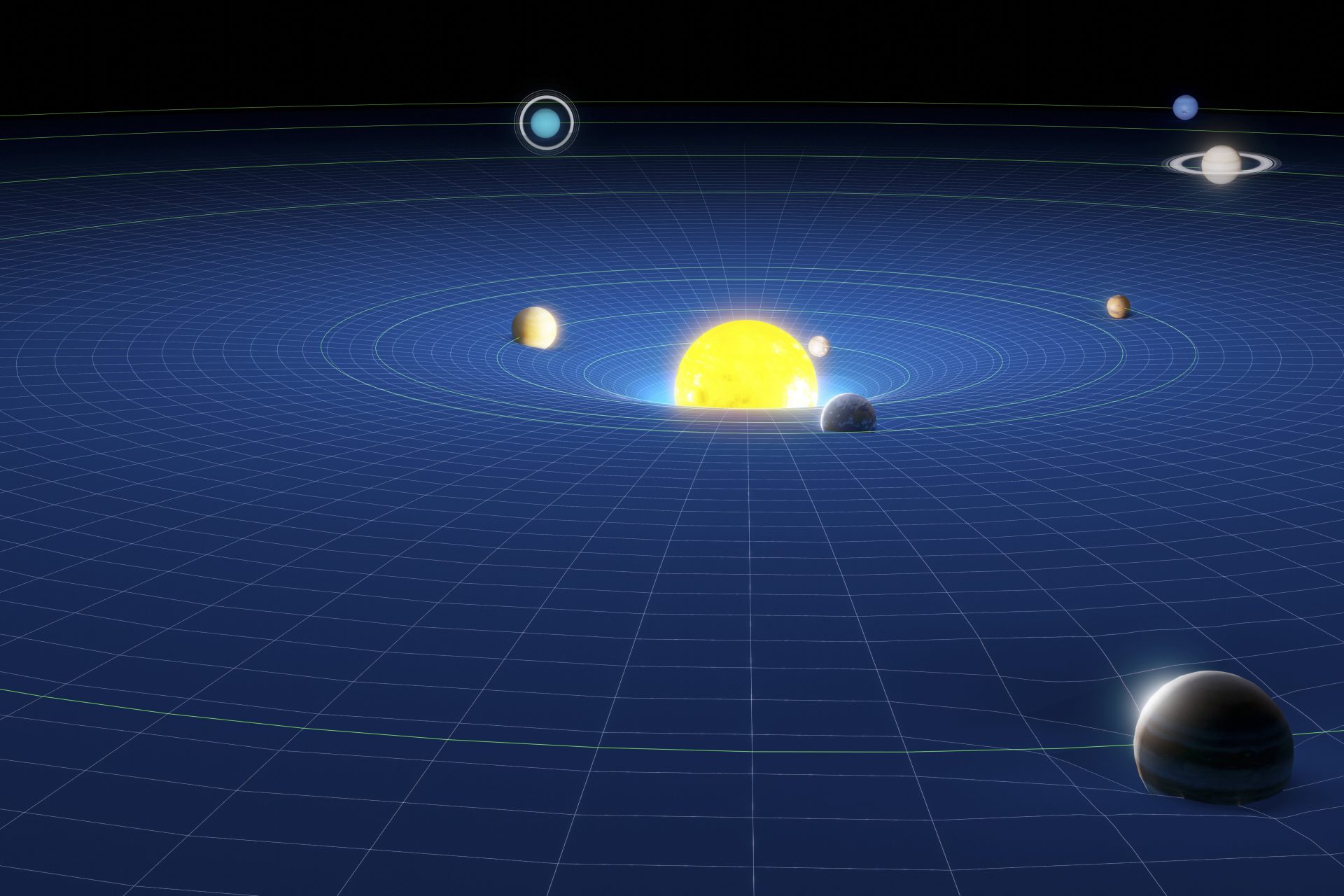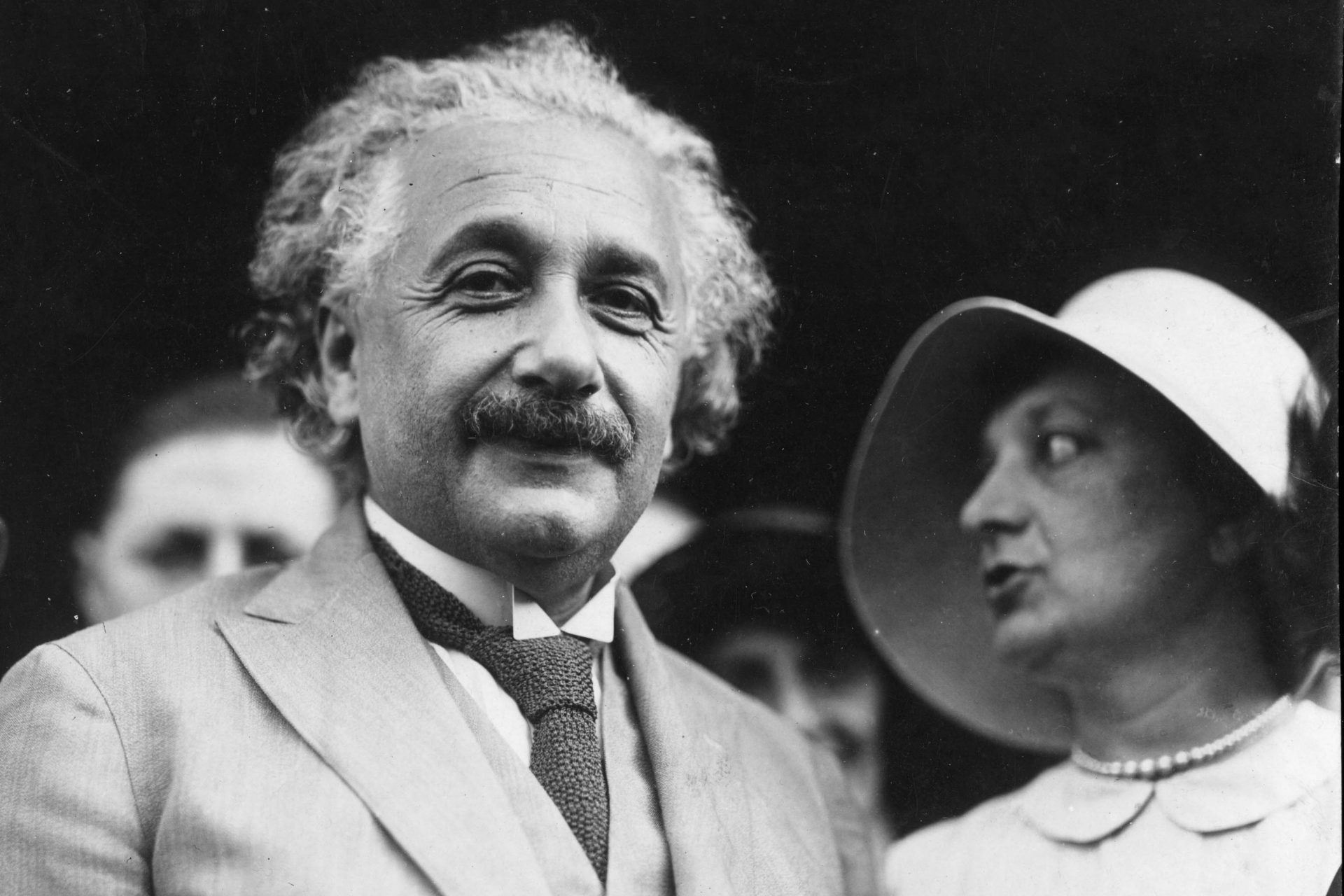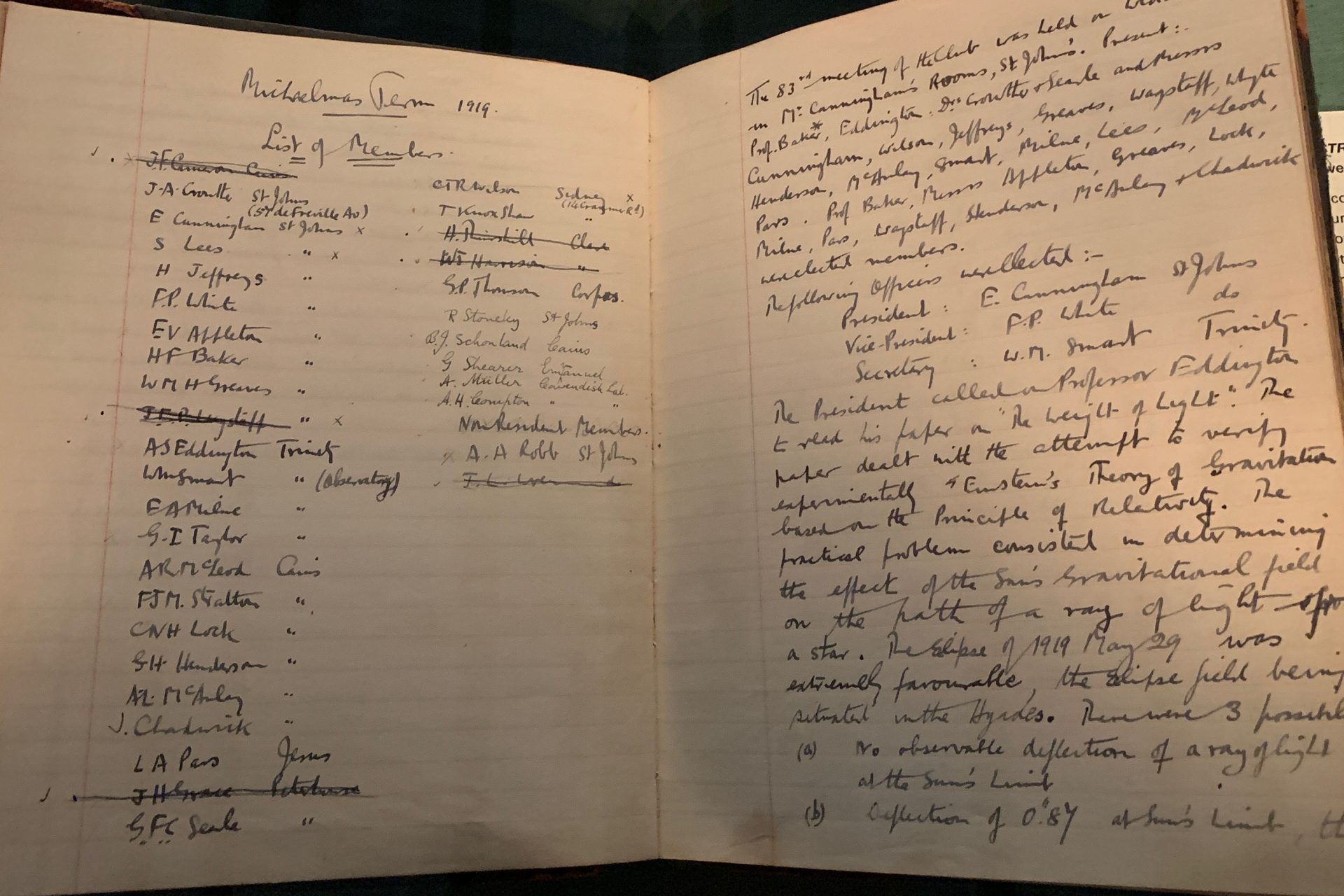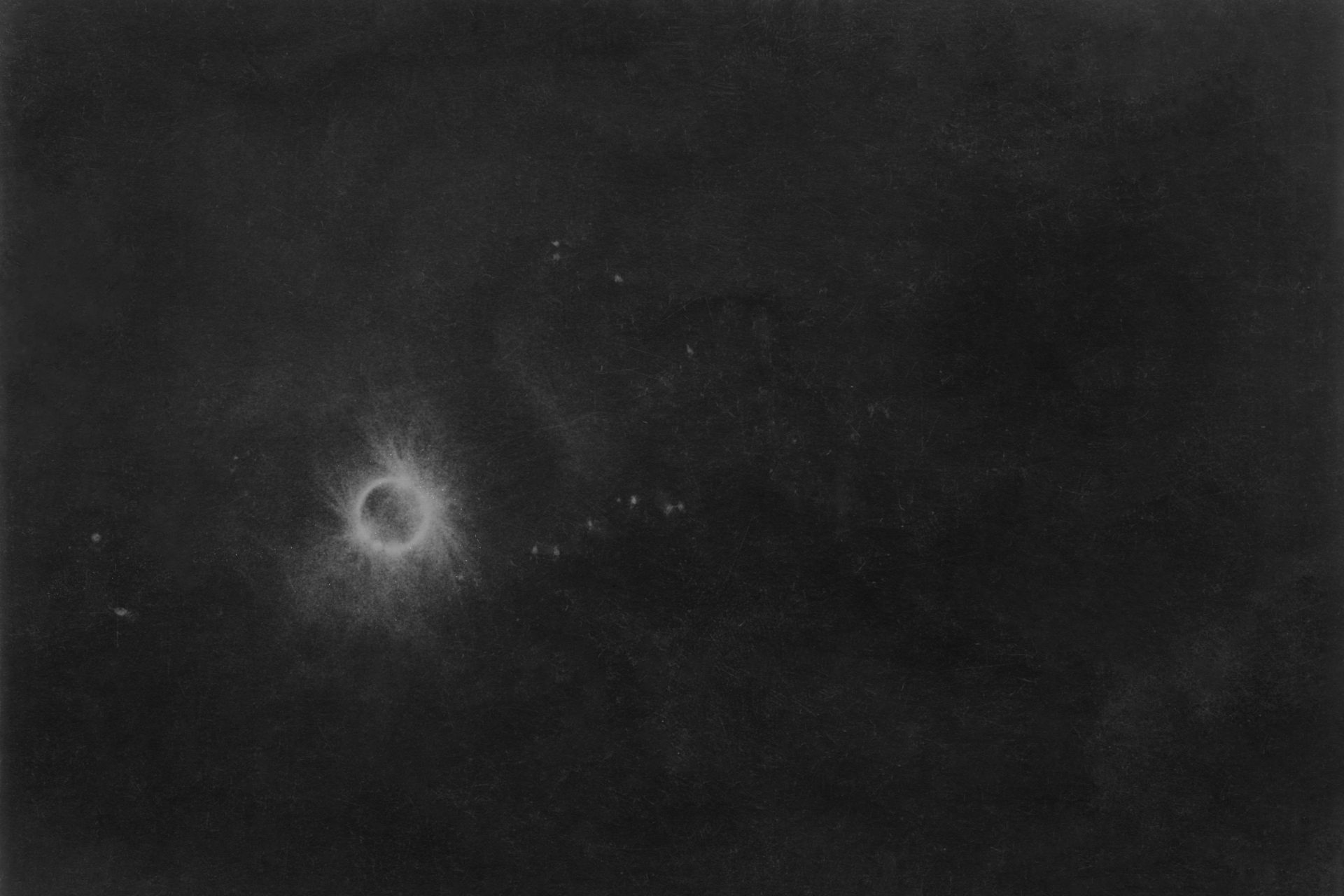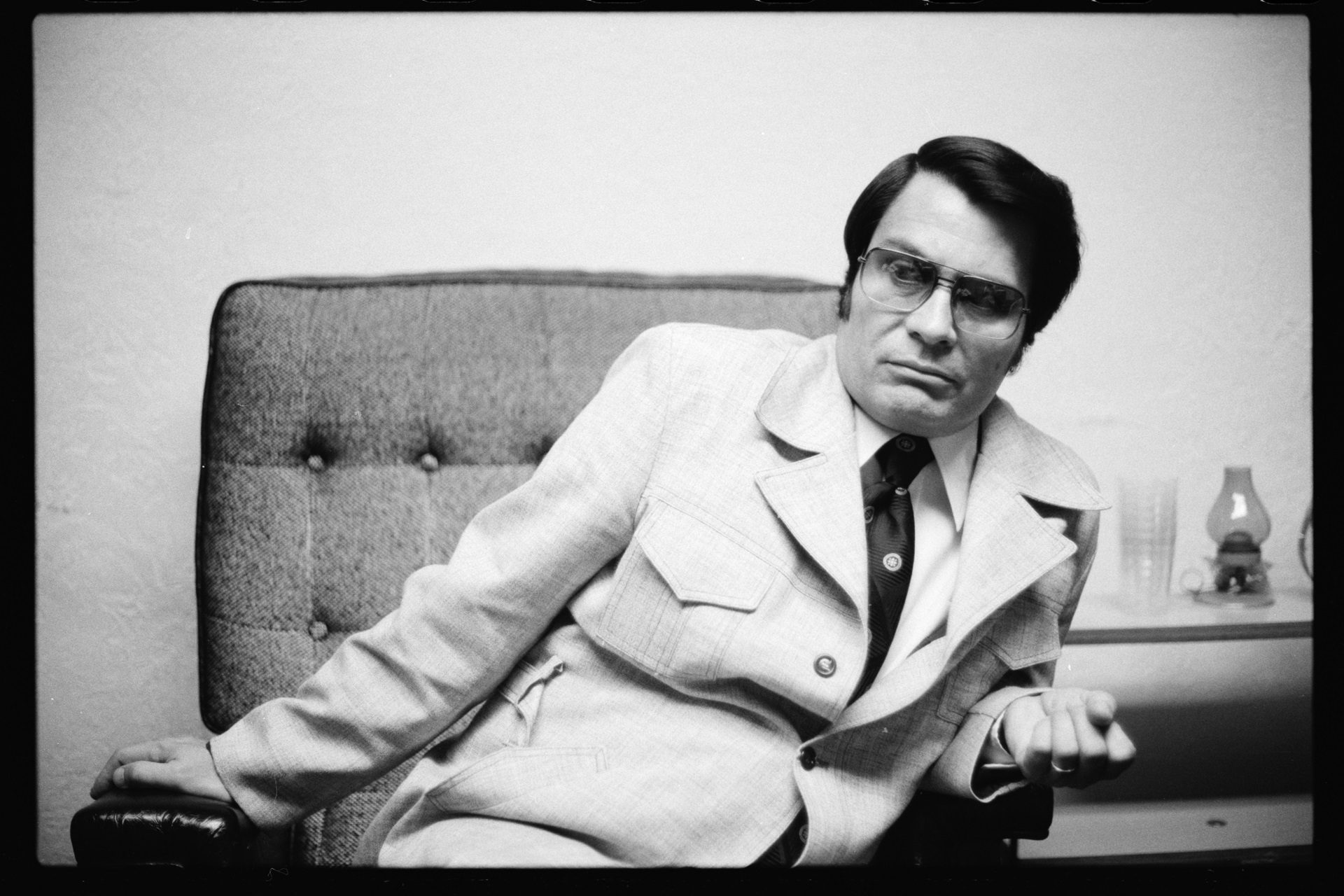How solar eclipse proved Einstein's theory of general relativity
Perhaps the most famous solar eclipse in history occurred on May 29, 1919, with a duration of 6 minutes and 51 seconds, making it one of the longest in history. In addition, it helped make Albert Einstein famous!
According to the website Astronomy, this eclipse occurred just three years after Albert Einstein revealed his theory of general relativity and would help to prove his theory.
Photo By The New York Times (newspaper) - (November 25, 1919). Public Domain
Einstein's general theory of relativity upholds our most basic modern cosmology and the manner in which we look at the universe as a whole.
Scientists depended on Isaac Newton's theory of gravity before Einstein's theory. Even today, Newton's theory of gravity is still valid and continues to be taught to physics students.
However, Newton's formulation of gravity is more about a particular case under very specific conditions. In contrast, Einstein's theory refines how scientists understand gravity and applies it to the grand scheme of things.
Einstein's relativity theory claimed that space is curved by the mass of objects, which prompted English astrophysicist Arthur Eddington to photograph the Sun during the totality of the eclipse on Principe Island off the west coast of Africa.
Photo By Frank Watson Dyson/ Arthur Eddington/ Charles Rundle Davidson - F. W. Dyson, A. S. Eddington, and C. Davidson (1920). "A Determination of the Deflection of Light by the Sun's Gravitational Field, from Observations Made at the Total Eclipse of May 29, 1919". Philosophical Transactions of the Royal Society A: 332. ISSN 1364-503X., Public Domain,
In Sobral, Brazil, a different scientific team carried out a similar experiment. Both teams hoped to see the position of nearby stars shift, which would thus prove Einstein's theory of relativity. Pictured: the eclipse instrument used in Sobral.
Photo By C. Davidson - File:Eddington A. Space Time and Gravitation. 1920.djvu, Public Domain,
The Smithsonian Magazine explains that in normal conditions, Einstein's prediction remained untestable due to sunlight overpowering the light emitted by nearby stars, rendering them undetectable to Earth-based observers.
However, during an eclipse, astronomers could observe and capture images of the star field surrounding the Sun in darkness.
By comparing these images with reference shots taken during nighttime, scientists could quantify the degree to which the Sun's presence had altered the trajectory of starlight.
Fortunately, a grouping of luminous stars called the Hyades would be visible near the Sun during the eclipse, facilitating the examination.
Photo: CC BY-SA 2.5, Wikimedia Commons
According to Einstein's theory, light rays traversing near a massive celestial object would visibly deviate from their path due to the curvature of space-time caused by the object's mass.
When a light ray originating from a remote star grazes the outer edge of the Sun, Einstein predicted an approximate deflection of 1.75 arc seconds.
During this eclipse, the two teams of astronomers took pictures of stars near the Sun that proved that Einstein was correct and that gravity does indeed warp space.
The paper titled “A Determination of the Deflection of Light by the Sun’s Gravitational Field, from Observations made at the Total Eclipse of May 29, 1919,” was authored by Arthur Eddington, Frank Watson Dyson, and Charles Davidson. Pictured: The minute book of Cambridge ∇2V Club for the meeting where Eddington presented his observations of the curvature of light around the Sun, confirming Einstein's theory of general relativity. They include the line "A general discussion followed. The President remarked that the 83rd meeting was historic".
Photo By Billthom - Own work, Wikimedia Commons
The authors stated in their conclusion that Einstein's theory had indeed been confirmed during the solar eclipse, writing: "Thus the results of the expeditions to Sobral and Príncipe can leave little doubt that a deflection of light takes place in the neighbourhood of the Sun and that it is of the amount demanded by Einstein's generalised theory of relativity, as attributable to the Sun's gravitational field."
More for you
Top Stories



